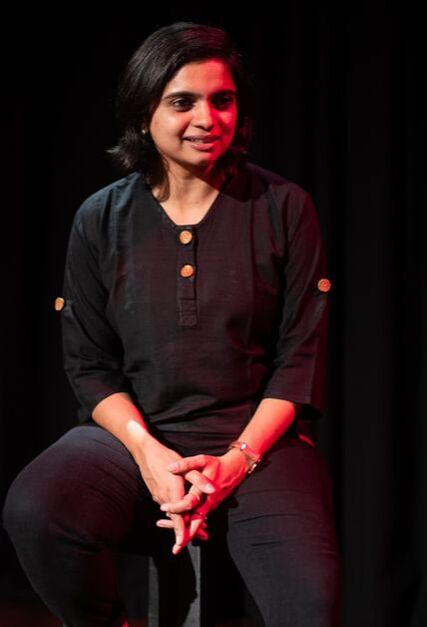|
Very often, almost every day we get asked “So, what do you do?” When we meet a new client or a customer or a new joinee in the department, this question is inevitable. And what do we say? We either say “I work as an Analyst” or “I am a software engineer” or “I am in Marketing”. If we encounter this question so much, how can we create a compelling story out of this? How can we use this opportunity to begin conversations and create impact? Stories can help make that impact for you. Spend a little time and think about your life journey. How have events in your childhood groomed and shaped who you are. For example, if you are an engineer, can you talk about how passionate you were about fixing gadgets or creating simple machines and how that was a start for you to pursue your specialization? If you are Marketing FMCG products, can you talk about how you are changing and shaping a million lives? Can you talk about how you always were interested in customer lives and going the extra mile to deliver what is required? Is there a project you did that changed the way you looked at marketing? Were you inspired by someone? We go through so much and yet say so little. How can we communicate our experiences as stories? In our busy routines, we forget to stop, reflect and embrace our own experiences as stories. We forget about the potential of a good story and how it can completely transform the environment that we are in. Stories are a great way to engage audiences and build connections through conversations. Imagine the possibilities of a good starting point. You can energise environments, build rapports and even communicate your ideas in the process. The best thing about a good story is that, it goes around. People will remember a good story and pass it on. You become more memorable because of your story. By sharing your story, you also reinforce your own values, which makes you a positive person.
Activity: What's your story? Through this activity, we are going to try and find a compelling story for the question, "So, what do you do?" You are going to need a small sheet of paper and pen for this activity. Here are a few questions that I would like you to answer.
Now, we are going to try and sequence the answers to these in a story format. Stories are always more impactful when they are structured in the following fashion. 1. Introduce the context: Where you are at present. (You can talk about the work you do and specific areas that you manage within the organisation, including people ) 2. Fill the story: What's actually going on? Some events from the past. (Talk about how you got interested in this domain of work, what you care about and some challenges that you have encountered along the way) 3. Put yourself in it: What are you going through at this point, physically, mentally and emotionally? What are your observations about what's going on? (Talk about your personal experience in this role and what you have learnt through time and what you believe is the future) 4. The conclusion (Wrap up the story bringing it to what you look forward to) 5. The takeaway (You can now ask the other person questions about their line of work to keep the conversation going) Outcome of theatre based Storytelling workshop
0 Comments
|
Archives
March 2020
Categories
All
|
